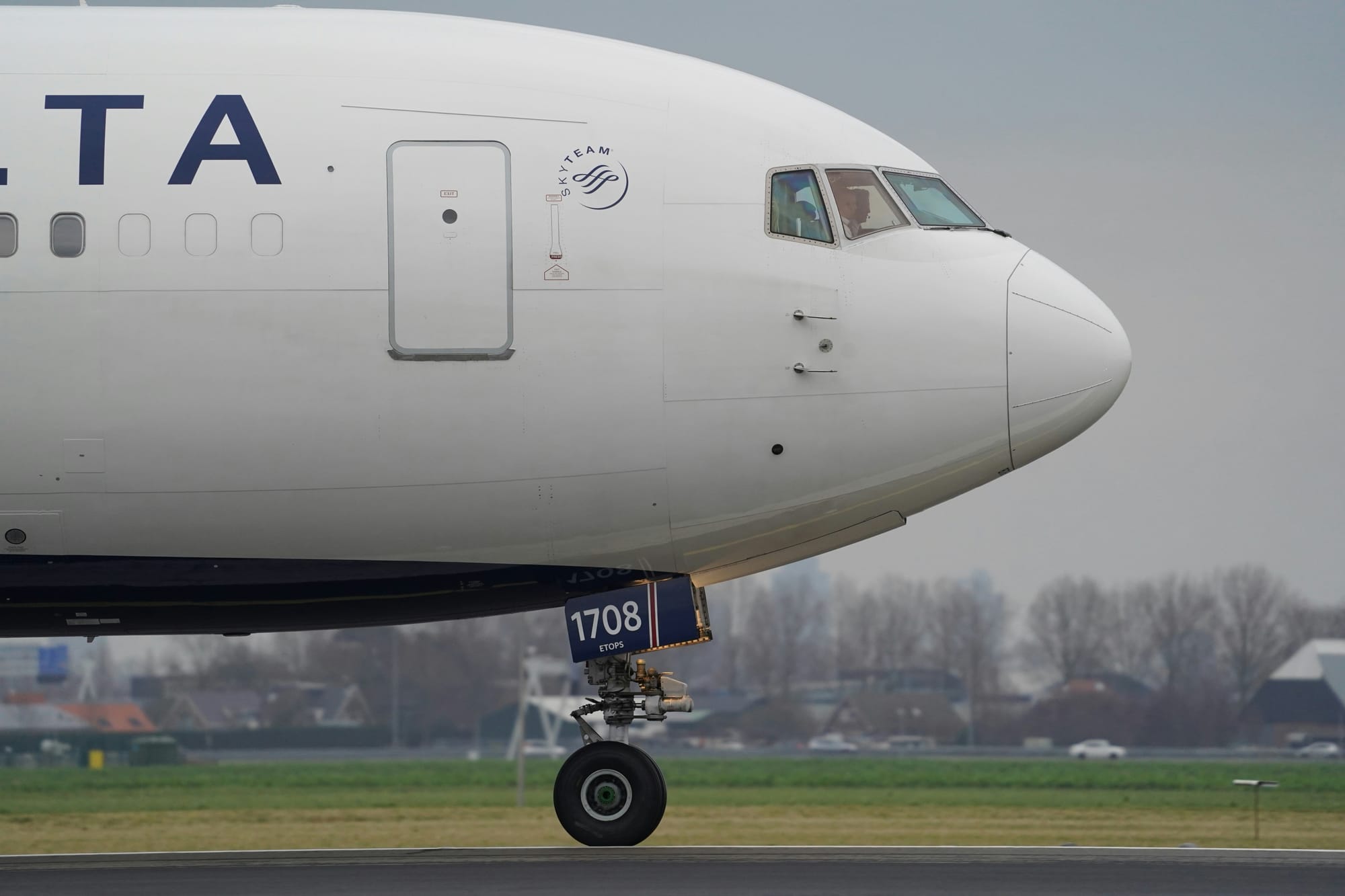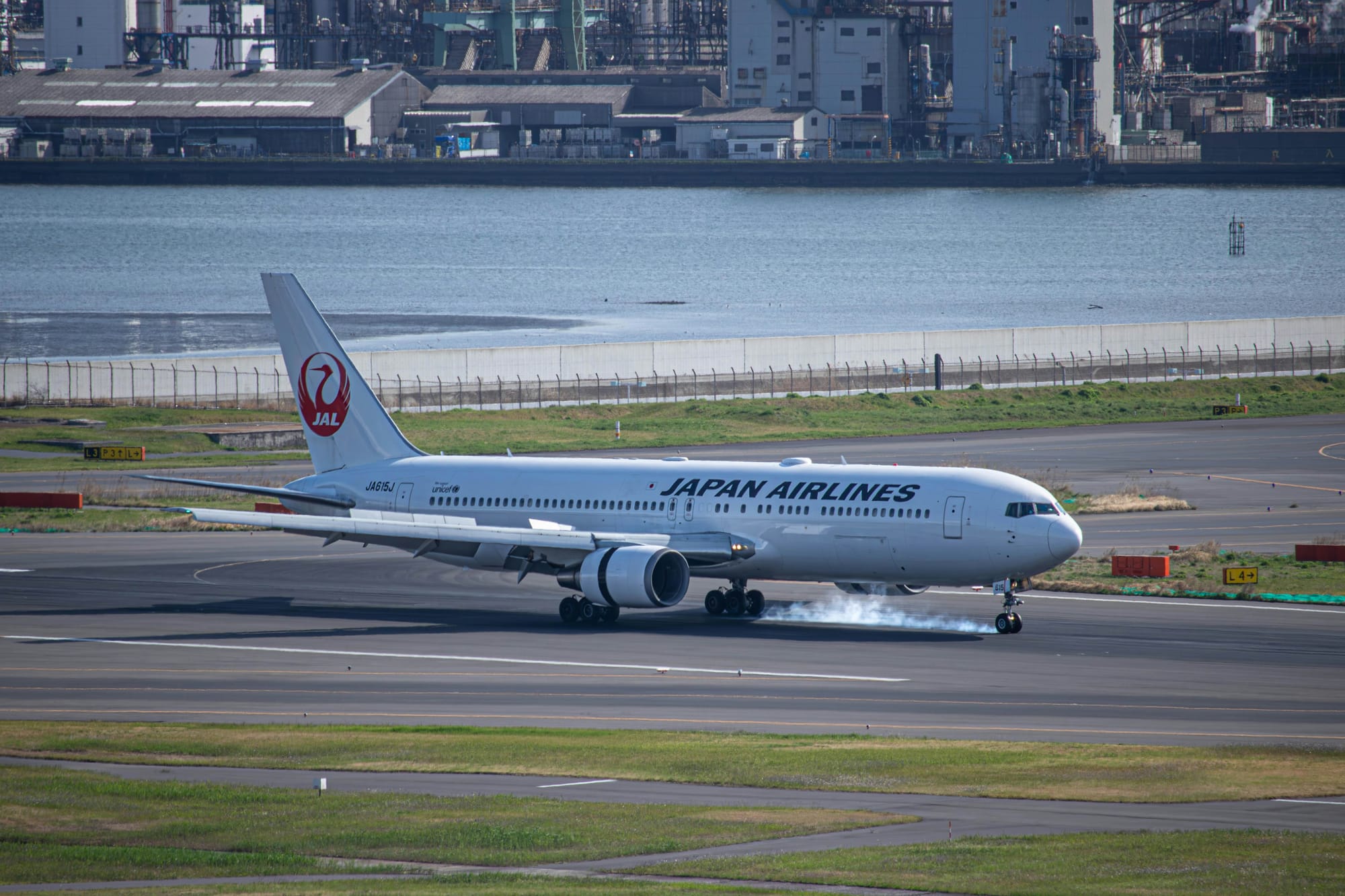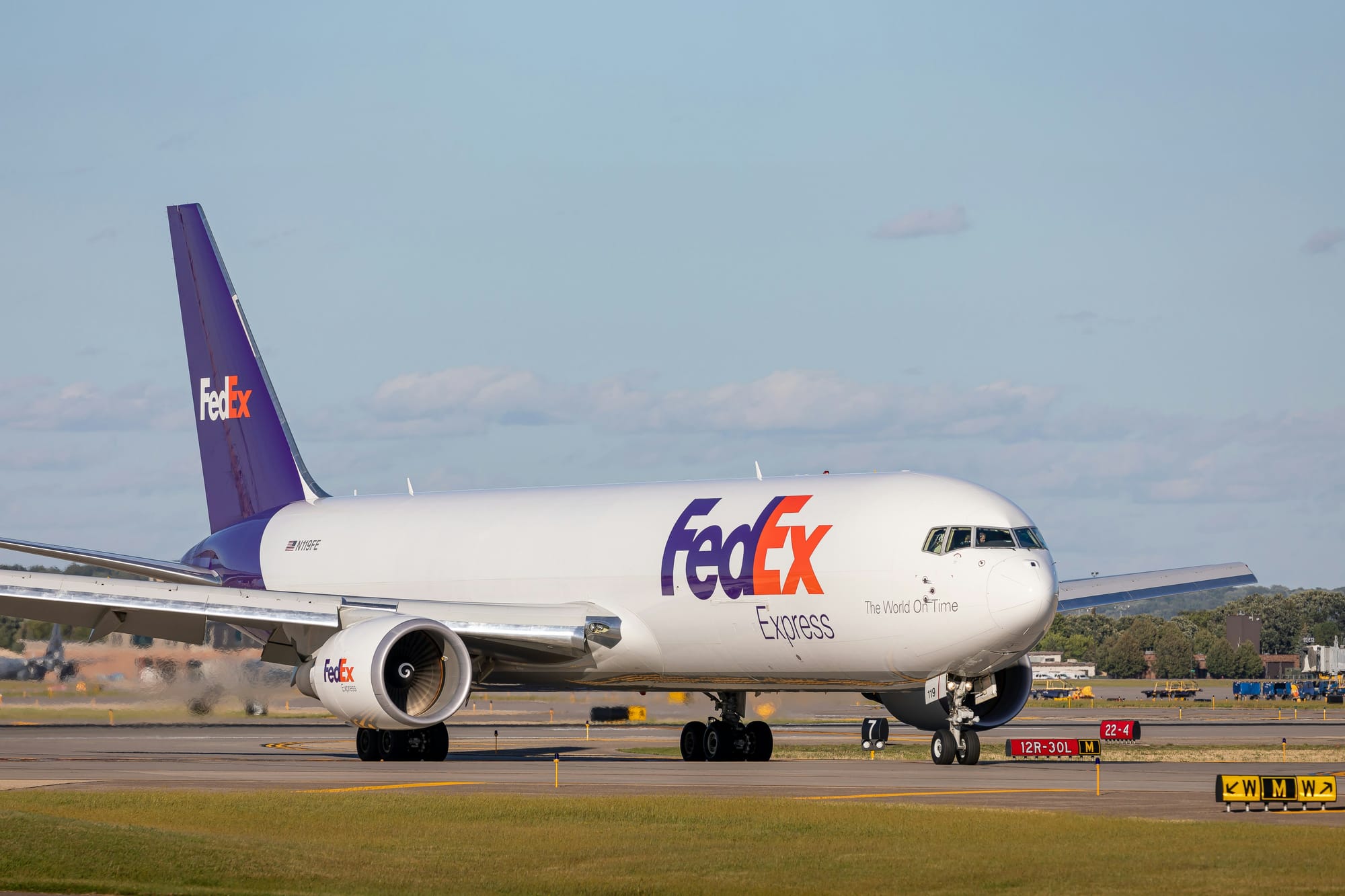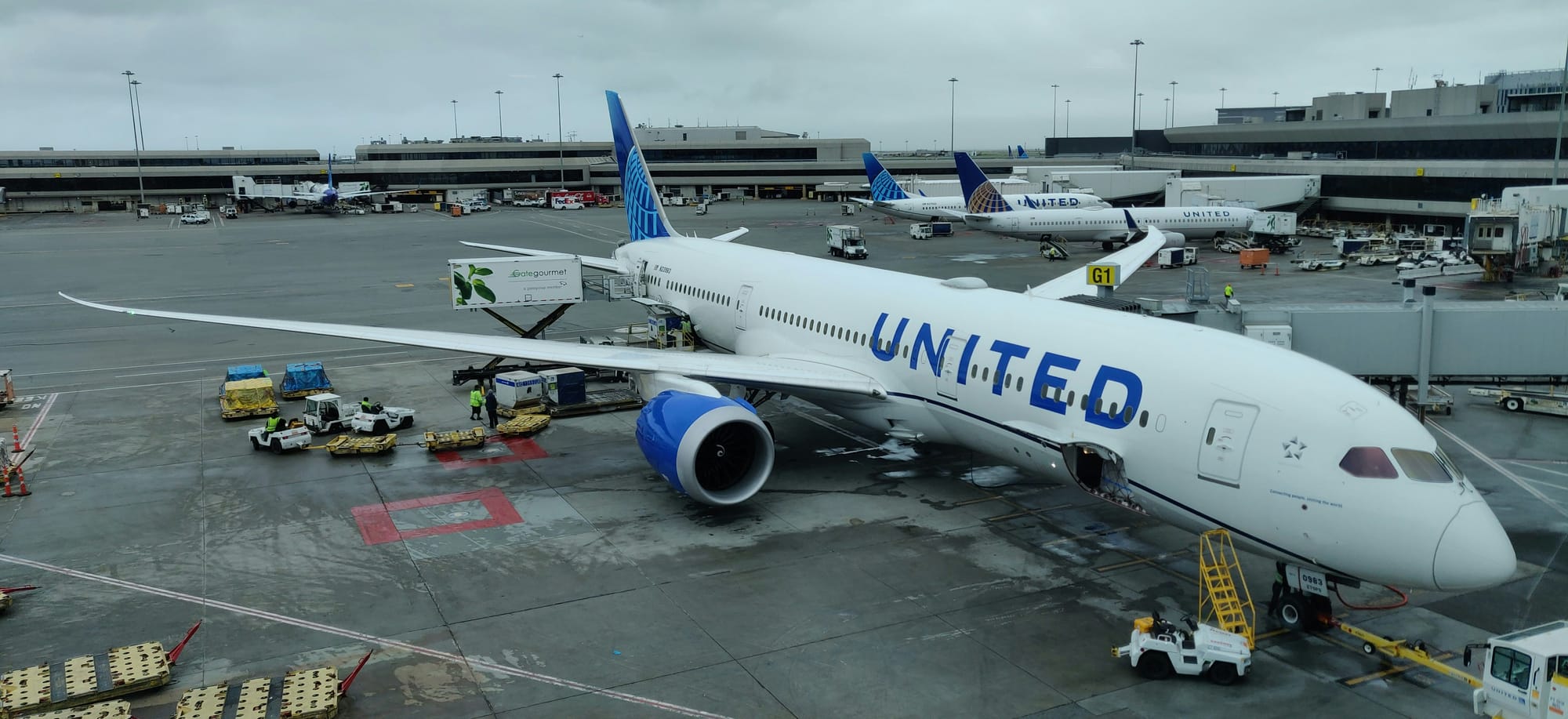The Enduring All-Star: Why Delta and United Still Love the Boeing 767

In the ever-evolving world of aviation, some aircraft become relics, relegated to dusty corners of history. Yet, the Boeing 767 continues to soar for airlines like Delta and United. But why hold onto a plane that isn't the newest, shiniest model on the tarmac? The answer lies in the 767's sweet spot: the middle of the market (MOM).
What is the Middle of the Market?

Airlines juggle a complex puzzle of passenger demand and operational costs. On high-traffic routes, airlines deploy behemoths like the 777 or A350, maximizing passenger capacity. Conversely, for less popular routes, smaller, single-aisle planes like the Airbus A321 prove more efficient. The middle ground, however, presents a challenge. Here's where the Middle of the Market concept comes in.
Middle of the Market refers to routes with passenger demand that falls between these two extremes. Airlines need an aircraft that can profitably operate these routes, offering enough seats to justify the flight while remaining fuel-efficient. Think of it as the Goldilocks zone of airplanes — not too big, not too small, but just the right fit.
The 767: A Middle of the Market Masterclass

The Boeing 767 shines in this Middle of the Market niche. Here's why:
- Versatility is King: The 767 straddles the line between widebody and narrowbody configurations. It offers more passenger capacity than a single-aisle aircraft but remains smaller and more maneuverable than a jumbo jet. This allows Delta and United to seamlessly switch the 767 between long-haul international flights, like a transatlantic hop to Europe, and high-demand domestic routes, say a busy corridor between major US cities. This flexibility keeps the plane in the air more often, maximizing its earning potential.
- Beyond Passengers: The Cargo Advantage: The 767 boasts impressive cargo space, a feature often overlooked but highly valuable. Airlines can generate additional revenue by transporting freight alongside passengers, further increasing the profitability of Middle of the Market routes. In today's e-commerce driven world, where packages seem to fly just as frequently as people, this extra space can be a significant advantage. Imagine a scenario where a less popular route might not justify a larger plane solely for passenger traffic. The 767's cargo capacity can tip the scales, making the route commercially viable by transporting goods alongside passengers.
- A Known Quantity: Dependability and Lower Costs: The 767 boasts a stellar safety record and is known for its dependability. This translates into lower maintenance costs for airlines, a significant factor when considering operational efficiency. With a proven track record, airlines can confidently rely on the 767 to deliver passengers and cargo safely and on time. Less time grounded for maintenance translates to more flights and more revenue for airlines.
- Pilot Expertise on Board: Many Delta and United pilots have extensive experience flying the 767. This translates into smoother operations and potentially lower training costs compared to introducing a completely new aircraft type. Having a familiar cockpit layout and experienced pilots at the helm reduces the risk of delays or complications, ensuring a more streamlined travel experience for passengers. Furthermore, the experience these pilots have with the 767 can be invaluable when airlines transition to newer Boeing models that might share similar flight characteristics.
The Future of the 767: A Graceful Transition

While newer, more fuel-efficient aircraft like the 787 Dreamliner are gradually replacing the 767, the transition will likely be slow. The 767 remains a valuable asset for Delta and United, especially as they navigate the ever-changing landscape of passenger demand. So, the next time you board a Delta or United flight and find yourself on a 767, remember — you're not on an aviation dinosaur, but rather, a highly optimized aircraft perfectly suited for the middle of the market.
The 767 might not be the flashiest plane on the tarmac, but it continues to be a workhorse for airlines, efficiently connecting passengers and cargo across the globe. As airlines strategically integrate newer, more efficient models into their fleets, the 767 will slowly but surely ease out of service. However, for the foreseeable future, expect to see this dependable aircraft continue to grace the skies.
In addition to the points mentioned above, it's worth noting that Boeing is no longer producing new passenger-variant 767s. This means the existing fleet will gradually age, and airlines will need to carefully consider maintenance costs and fuel efficiency as they make decisions about keeping the planes in service. However, the 767's versatility, strong track record, and pilot familiarity are likely to keep it a viable option for airlines for several more years.





